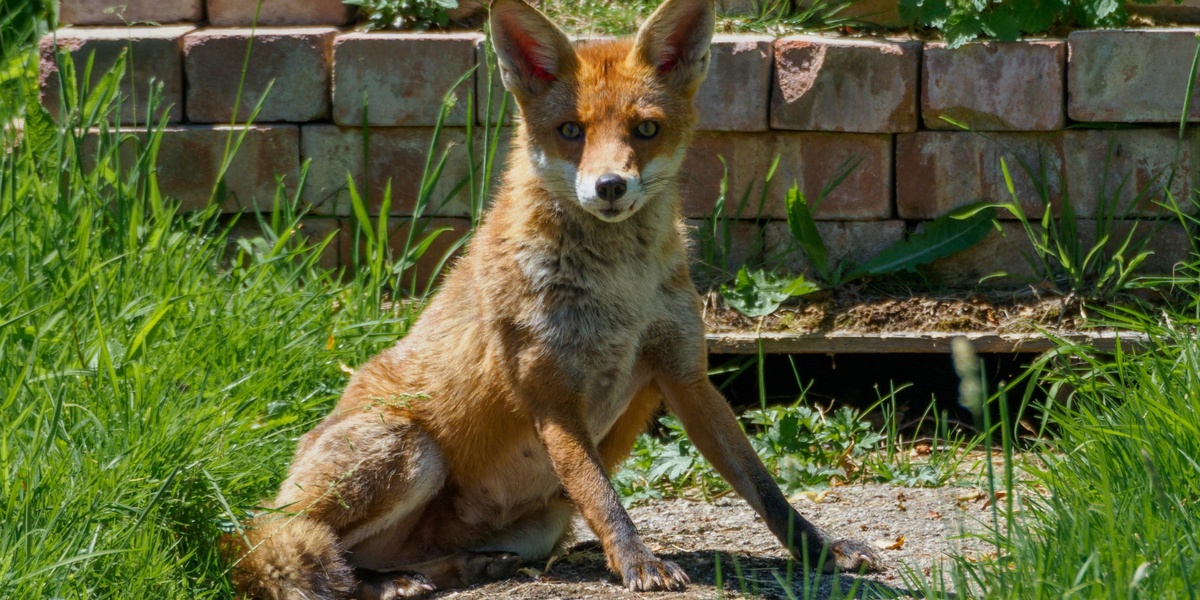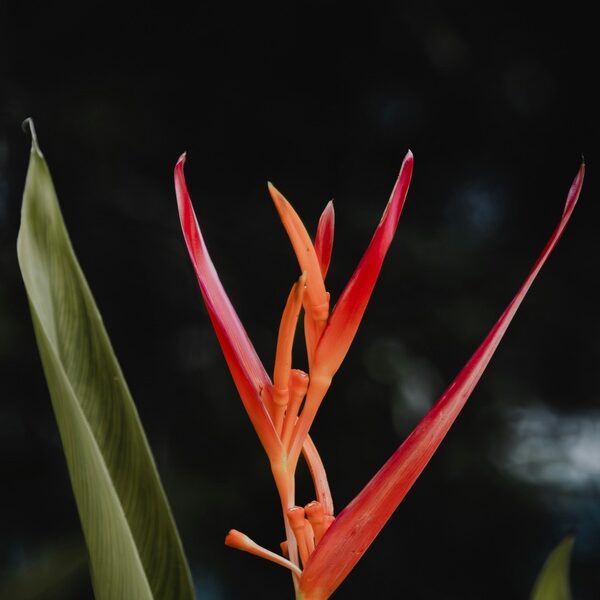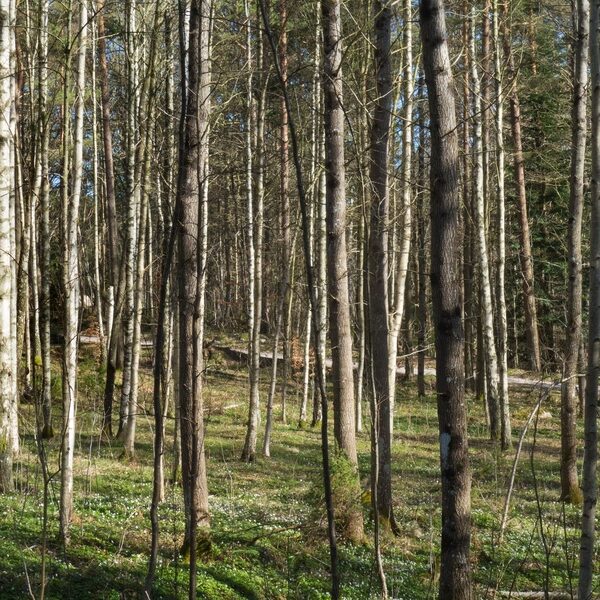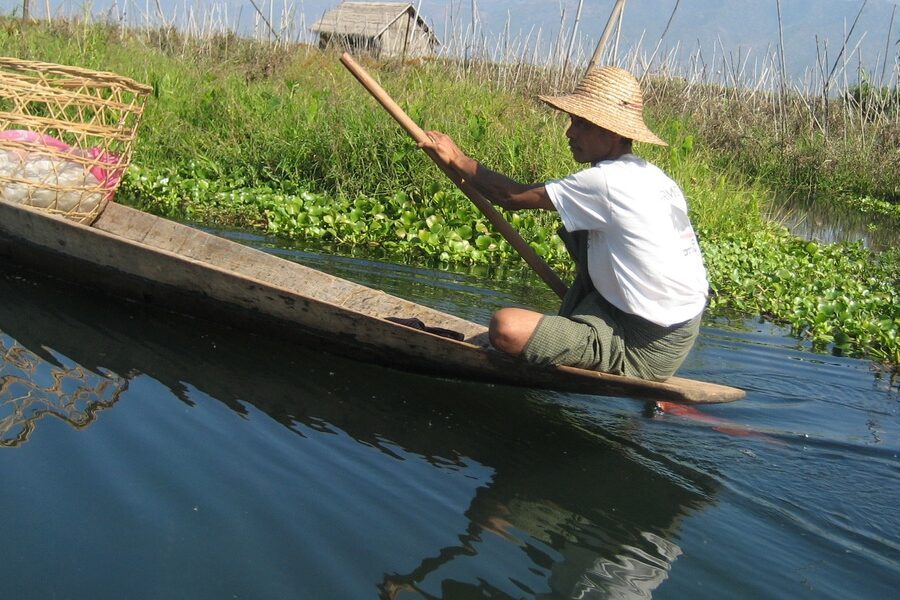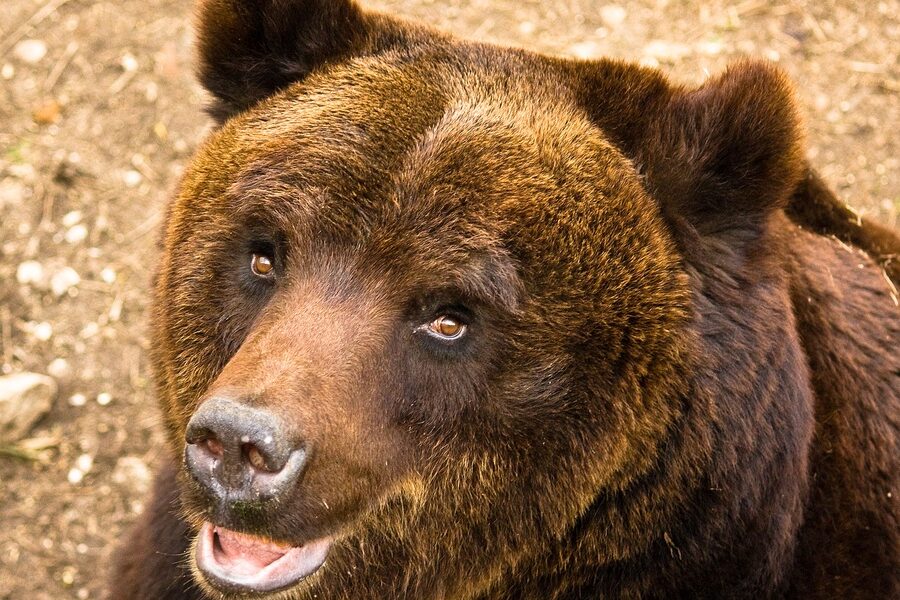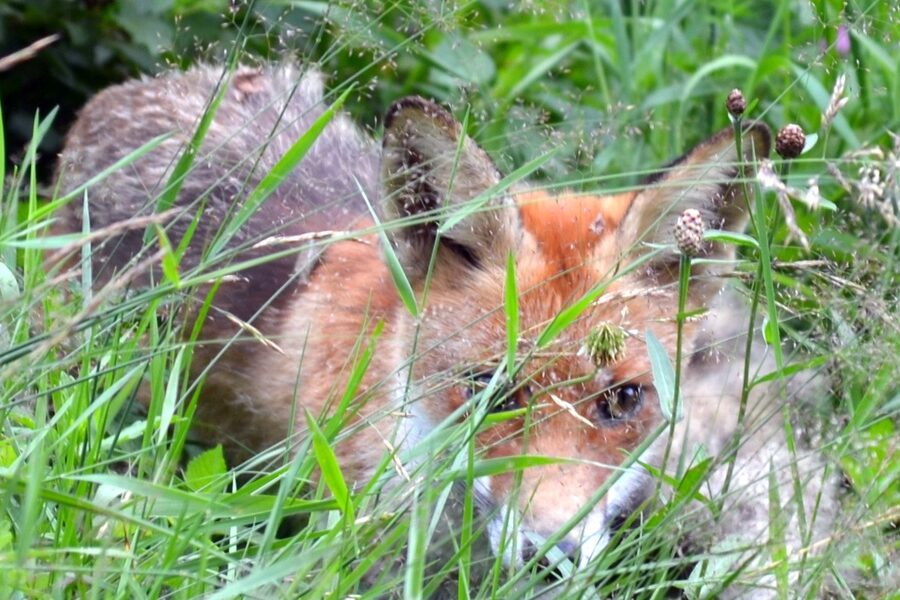San Marino, one of the world’s oldest republics and a tiny enclave nestled within Italy, is often celebrated for its medieval villages and stunning mountain views. While its rich history and unique political status are well-known, fewer people consider the surprisingly diverse natural world thriving within its borders.
This small nation, despite its urban development, hosts a variety of wildlife. In this comprehensive resource, you’ll discover the 25 Mammals of San Marino, ranging from the common Bank Vole to the widespread Wood Mouse. For each species, you’ll find detailed information organized by Scientific Name, Typical Habitat, and Avg Weight (kg) in the list presented below.
How does San Marino’s small size affect its mammal diversity?
San Marino’s limited land area naturally restricts the variety and population sizes of its mammal species, especially larger ones requiring extensive habitats. While it doesn’t host apex predators or large herbivores, its mosaic landscape of agricultural land, woodlands, and urban green spaces still supports a healthy population of smaller mammals like rodents, bats, and some carnivores such as foxes and weasels, which are adaptable to human-influenced environments.
Are there any particularly rare or protected mammals among those found in San Marino?
While specific species numbers can fluctuate, many of San Marino’s mammals, common across wider European regions, are still protected under national and international conservation agreements. For example, various bat species, crucial for insect control, are often listed for protection due to habitat loss. The preservation of natural areas within the republic, like the Monte Titano slopes, is vital for ensuring these populations continue to thrive.
Mammals of San Marino
| Mammal Name | Scientific Name | Typical Habitat | Avg Weight (kg) |
|---|---|---|---|
| Wild Boar | Sus scrofa | Deciduous and mixed woodlands, scrublands | 100 |
| Roe Deer | Capreolus capreolus | Woodlands, forest edges, and agricultural fields | 25 |
| Red Fox | Vulpes vulpes | Forests, grasslands, and urban peripheries | 7 |
| Italian Wolf | Canis lupus italicus | Apennine forests and remote hilly areas | 35 |
| European Badger | Meles meles | Woodlands, pastures, and scrublands | 12 |
| Crested Porcupine | Hystrix cristata | Scrubland, open woodland, and agricultural areas | 15 |
| Stone Marten | Martes foina | Rocky areas, open woodlands, and near human settlements | 1.7 |
| Least Weasel | Mustela nivalis | Farmland, grasslands, and woodland edges | 0.1 |
| European Hare | Lepus europaeus | Open fields, pastures, and mixed farmland | 4 |
| European Hedgehog | Erinaceus europaeus | Gardens, woodlands, and grasslands | 1.2 |
| Red Squirrel | Sciurus vulgaris | Coniferous and broadleaf woodlands | 0.3 |
| Edible Dormouse | Glis glis | Deciduous forests and orchards | 0.2 |
| Hazel Dormouse | Muscardinus avellanarius | Deciduous woodlands and dense hedgerows | 0.025 |
| Wood Mouse | Apodemus sylvaticus | Woodlands, grasslands, and gardens | 0.022 |
| Bank Vole | Myodes glareolus | Woodlands, hedgerows, and dense grasslands | 0.028 |
| European Mole | Talpa europaea | Pastures, lawns, and deciduous woodlands | 0.1 |
| Common Shrew | Sorex araneus | Grasslands, woodlands, and hedgerows | 0.01 |
| Greater Horseshoe Bat | Rhinolophus ferrumequinum | Woodlands near caves and old buildings | 0.024 |
| Lesser Horseshoe Bat | Rhinolophus hipposideros | Woodlands and river valleys with caves and old mines | 0.007 |
| Common Pipistrelle | Pipistrellus pipistrellus | Wide range of habitats, including urban areas | 0.005 |
| Kuhl’s Pipistrelle | Pipistrellus kuhlii | Urban and suburban areas, Mediterranean scrubland | 0.008 |
| Savi’s Pipistrelle | Hypsugo savii | Rocky cliffs, woodlands, and urban areas | 0.009 |
| Greater Mouse-eared Bat | Myotis myotis | Woodlands, pastures, and areas with caves or large attics | 0.03 |
| Brown Long-eared Bat | Plecotus auritus | Deciduous and coniferous forests | 0.009 |
| European Free-tailed Bat | Tadarida teniotis | Mountain cliffs, quarries, and tall buildings | 0.04 |
Images and Descriptions
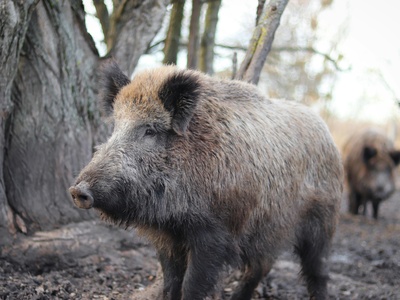
Wild Boar
These highly adaptable omnivores are ancestors of domestic pigs. They use their tough snouts to root for food and are known for their intelligence and protective nature, especially sows with piglets. Their population has been expanding across the region.
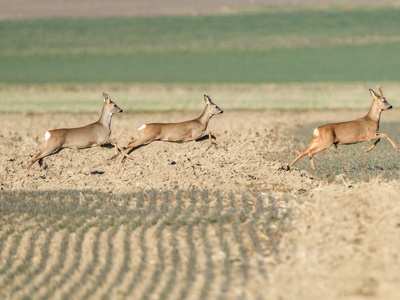
Roe Deer
A small, graceful deer known for its reddish-brown coat in summer and a distinctive white rump patch. Roe deer are mostly active at dawn and dusk, feeding on buds, leaves, and young shoots. They are common but often shy and elusive.
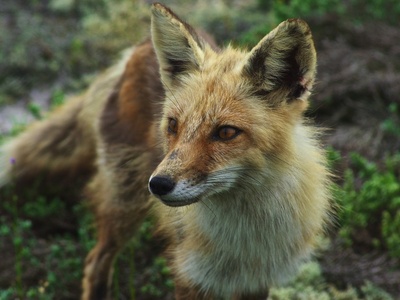
Red Fox
Instantly recognizable by its reddish coat and bushy tail, the red fox is a cunning and adaptable carnivore. It thrives in diverse environments, from deep woods to the edges of towns, hunting small mammals, birds, and insects.
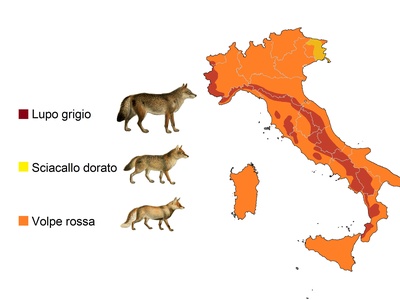
Italian Wolf
A subspecies of the gray wolf native to the Italian Peninsula. Once nearly extinct, they are making a comeback. They are highly social, living in packs, and are crucial apex predators for maintaining ecosystem balance. Their presence is a sign of a healthy environment.
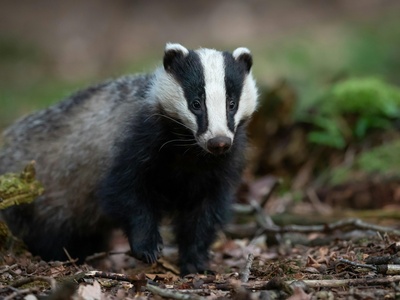
European Badger
A powerful, stocky mammal with a distinctive black and white striped face. Badgers are nocturnal and live in extensive underground burrow systems called setts. They are omnivores with a varied diet including earthworms, insects, and fruits.
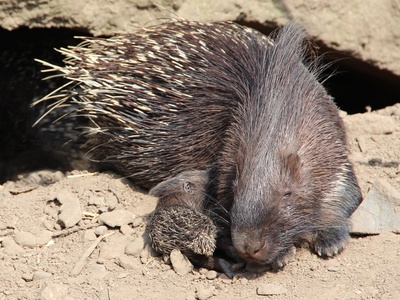
Crested Porcupine
Europe’s largest rodent, famous for its formidable coat of long, sharp quills used for defense. These nocturnal herbivores feed on roots, bulbs, and fallen fruit. They are not native to Europe but were introduced in Roman times.
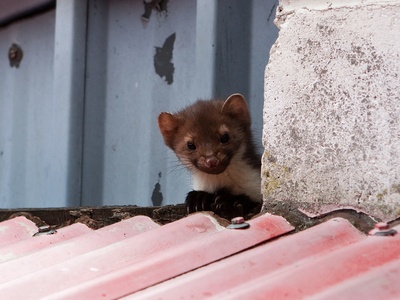
Stone Marten
Also known as the beech marten, this agile predator has a white throat patch that extends to its legs. It’s known for being comfortable near humans, sometimes taking shelter in attics or barns, where it hunts rodents and birds.
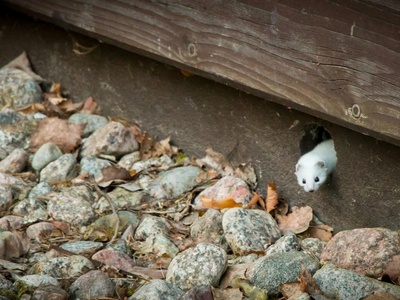
Least Weasel
The smallest carnivore in the world, the weasel is a fierce and energetic hunter. Its slender body allows it to pursue mice and voles into their burrows. Its coat may turn white in winter in colder parts of its range.
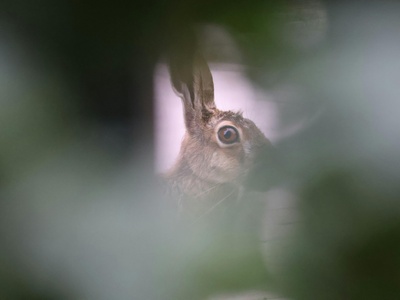
European Hare
Larger than a rabbit, with long, black-tipped ears and powerful hind legs built for speed. Hares are solitary and live entirely above ground in shallow depressions called forms. They can reach speeds of over 70 km/h.
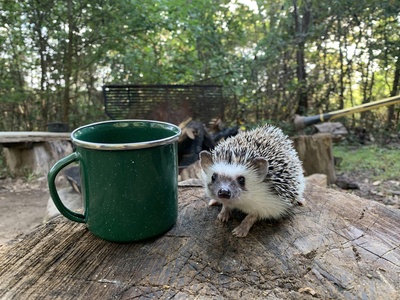
European Hedgehog
A familiar nocturnal animal covered in thousands of sharp spines. When threatened, it rolls into a tight ball as a defense mechanism. Hedgehogs are insectivores, helping control pests by eating slugs, beetles, and caterpillars.
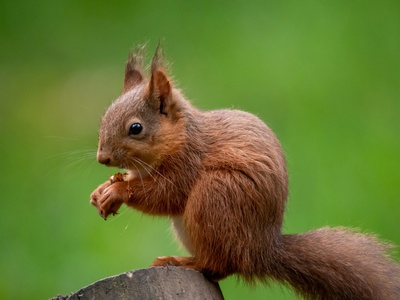
Red Squirrel
A charismatic tree-dweller with characteristic ear tufts and a bushy tail used for balance. It spends most of its time in the canopy, feeding on seeds, nuts, fungi, and berries, and burying food caches for the winter.
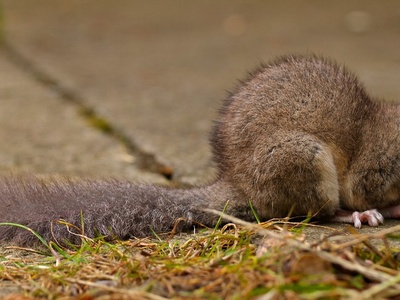
Edible Dormouse
The largest of the dormice, with a squirrel-like bushy tail and large eyes for nocturnal vision. It is famous for its long hibernation period, which can last for more than six months. It was considered a delicacy by the ancient Romans.
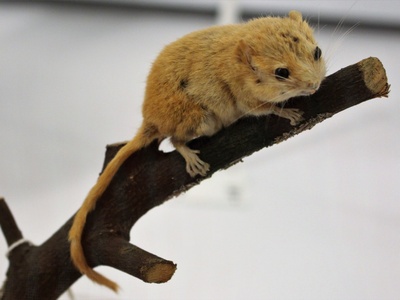
Hazel Dormouse
A tiny, golden-brown rodent with large black eyes and a furry tail. This nocturnal creature is an agile climber, spending most of its life in the trees. It hibernates in a tightly woven nest on the ground from October to April.
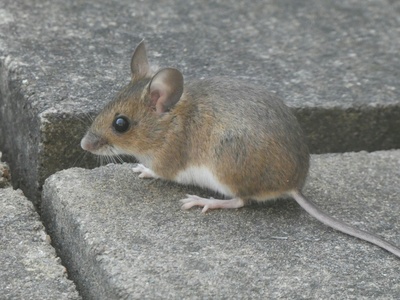
Wood Mouse
One of the most common mammals, this small nocturnal rodent is identifiable by its large ears and eyes, and a long tail. It is a vital food source for many predators like foxes and owls and is an expert at foraging for seeds and insects.
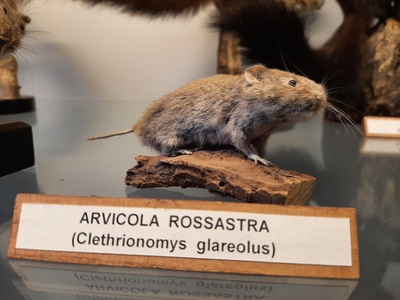
Bank Vole
A small rodent with a reddish-brown back, a short tail, and smaller ears than a mouse. It is active both day and night, feeding on green plants, seeds, and roots, and creating extensive runway systems under vegetation.
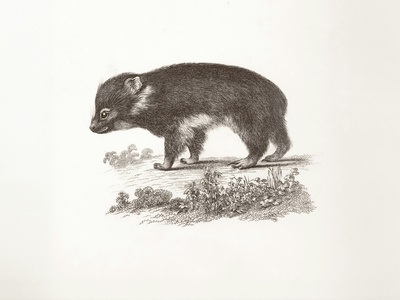
European Mole
A subterranean insectivore perfectly adapted for a life of digging. It has velvety fur, powerful shovel-like forelimbs, and tiny eyes. Moles create complex tunnel systems to hunt for earthworms, their primary food source.
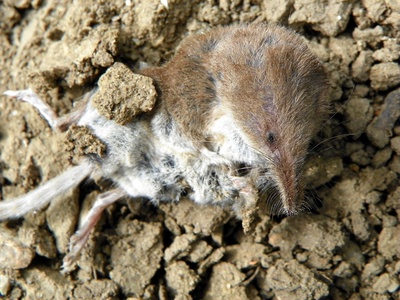
Common Shrew
A tiny, energetic insectivore with a long, pointed snout and very small eyes. It has a high metabolism and must eat almost constantly to survive, hunting insects, spiders, and worms in the leaf litter.
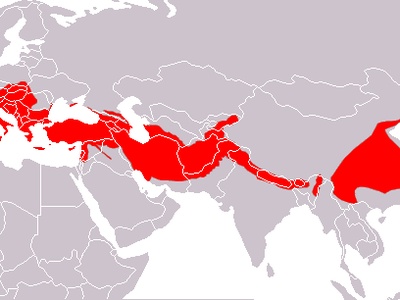
Greater Horseshoe Bat
One of Europe’s larger bats, named for the horseshoe-shaped flap of skin on its nose. It roosts in caves and attics, emerging at night to hunt for large moths and beetles, which it catches in flight.
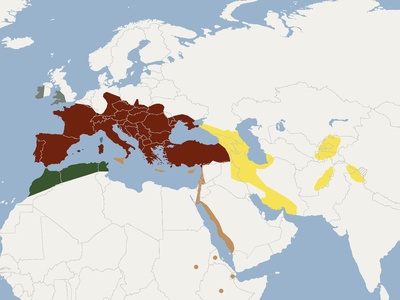
Lesser Horseshoe Bat
A small bat that looks like a miniature version of its greater cousin. It has a unique habit of roosting by hanging freely, wrapped in its own wings. It hunts for small flies, moths, and spiders close to the ground.
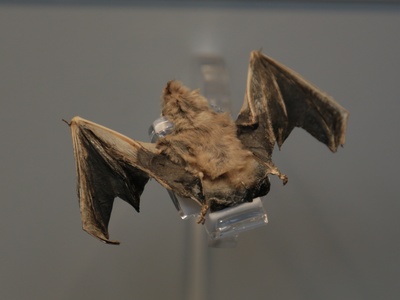
Common Pipistrelle
One of the most common and widespread bats in Europe. This tiny bat is often seen at twilight, flying erratically over gardens and water bodies as it hunts for midges, mosquitoes, and other small flying insects.
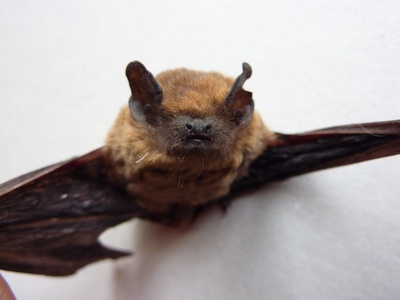
Kuhl’s Pipistrelle
A versatile bat well-adapted to living alongside humans, often roosting in crevices of buildings. It is recognizable by a distinct white border on the edge of its wing membrane and is a common sight in towns and cities at dusk.

Savi’s Pipistrelle
A robust bat that prefers to roost in rock crevices but also uses buildings. It is a high-altitude flier, often hunting for insects well above the treetops or over open landscapes. Its flight is fast and direct.
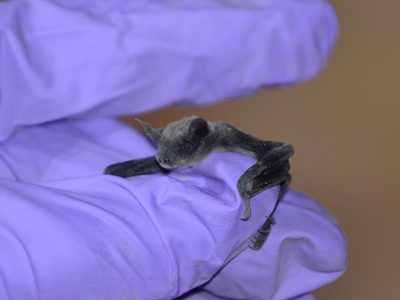
Greater Mouse-eared Bat
A very large bat with long, mouse-like ears. It is a specialist hunter, often landing on the ground to catch large beetles and crickets, which it locates by listening for the sounds they make in the leaf litter.
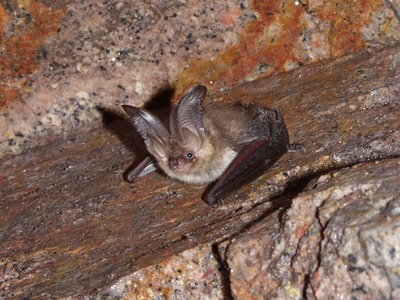
Brown Long-eared Bat
Instantly recognizable by its enormous ears, which are nearly as long as its body. It is a gleaning bat, meaning it plucks insects like moths and spiders directly from leaves and bark with incredible precision.
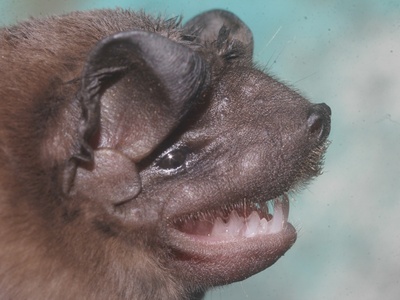
European Free-tailed Bat
A large, powerful bat with a tail that extends well beyond its tail membrane, hence the name. It is one of the highest and fastest flying bats in Europe, capable of long-distance travel to forage for moths in the night sky.
